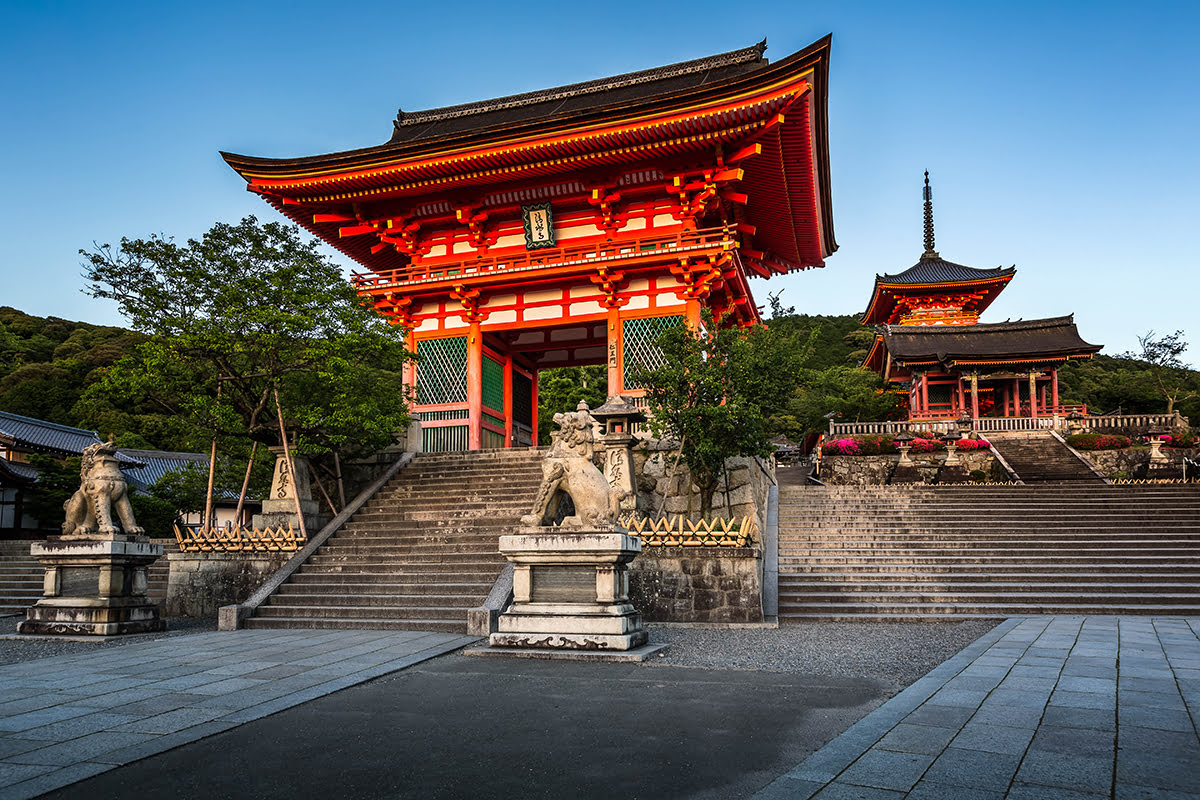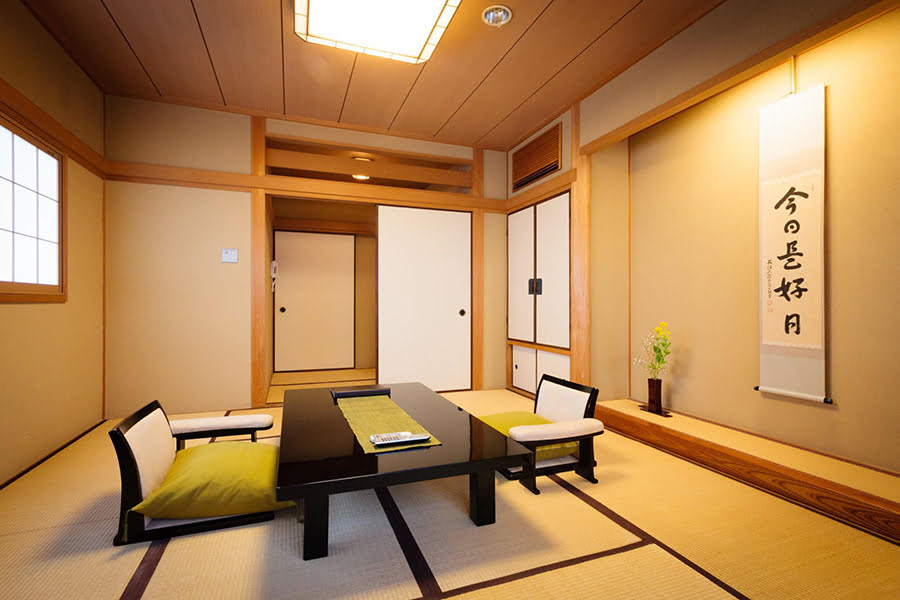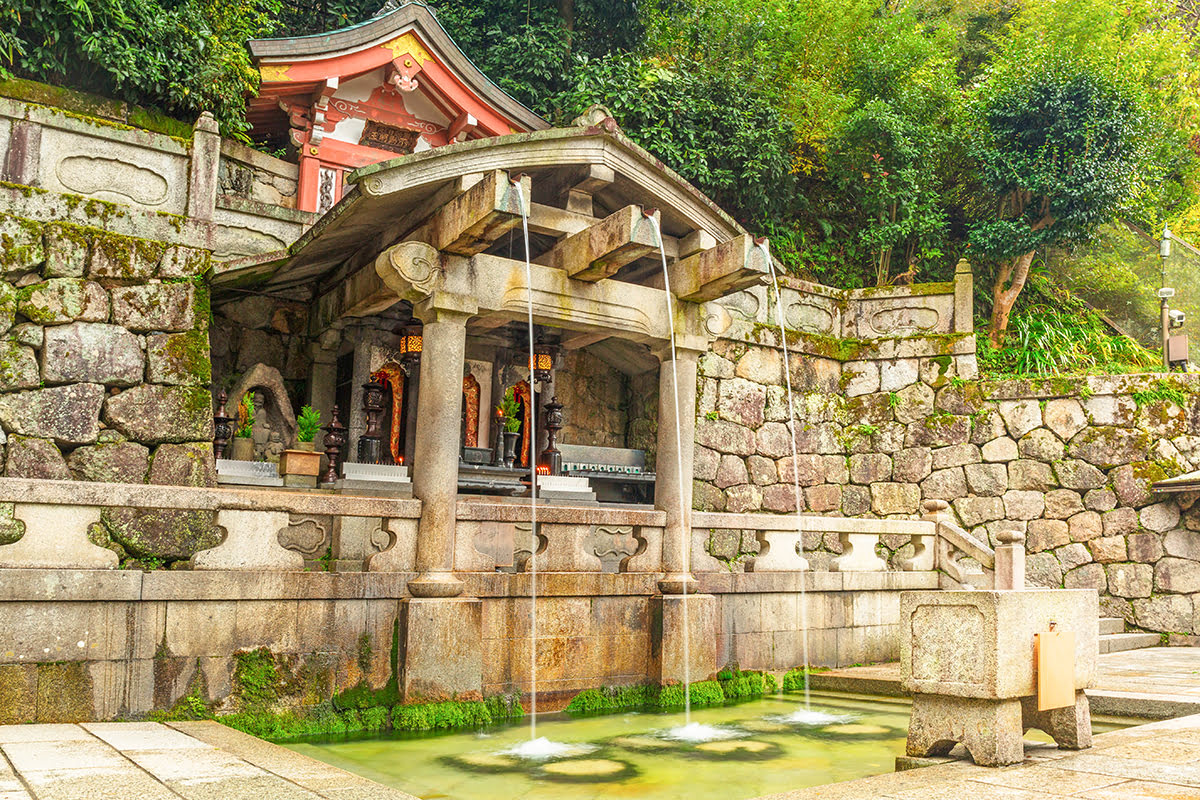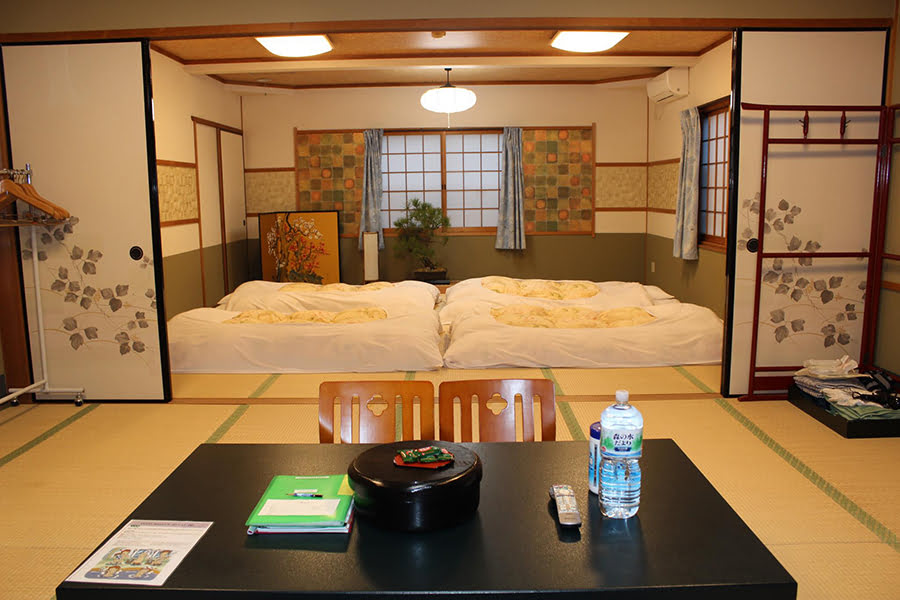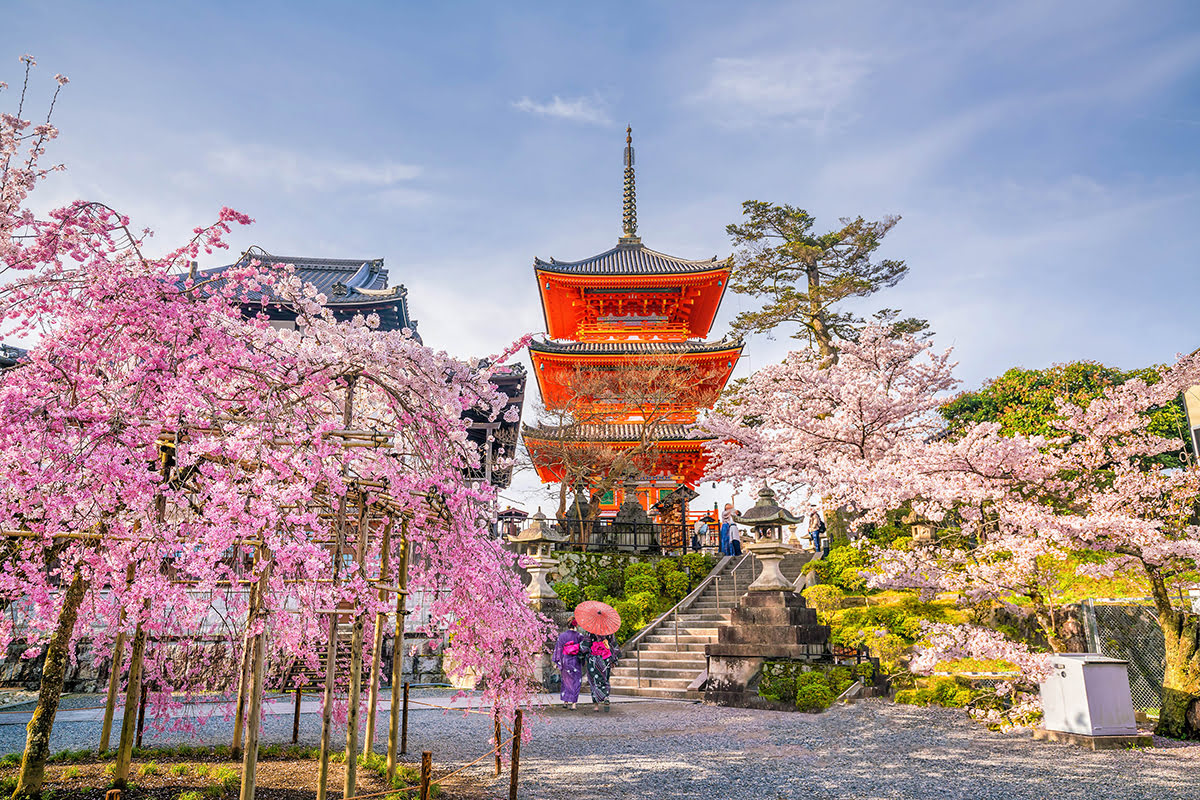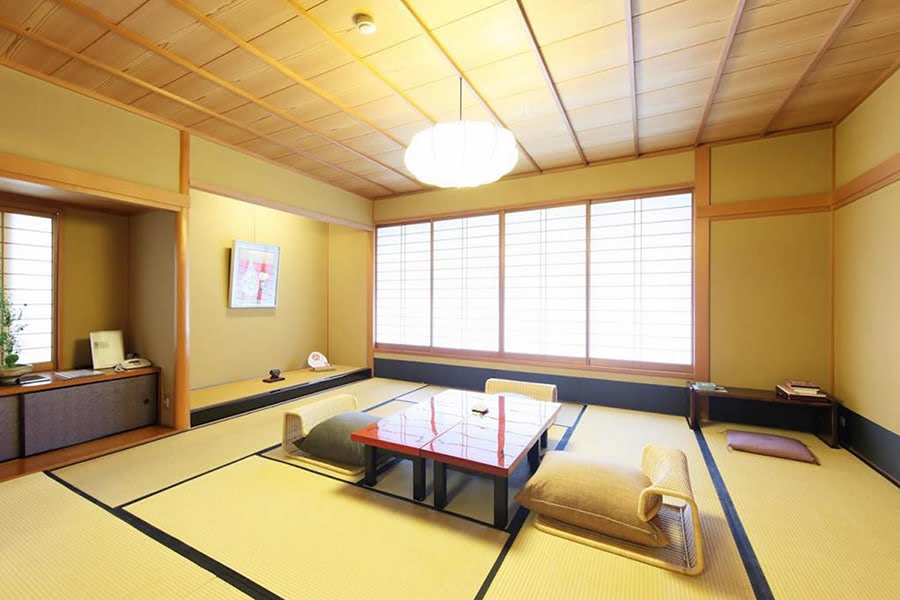Kiyomizu Temple | Visitor’s Guide to Attractions in Kyoto, Japan

Kiyomizu Temple, also known as Otowa-san Kiyomizu-dera, is a remarkable Buddhist temple that is located in eastern Kyoto in the historic Higashiyama District. Founded in the 8th century, Kiyomizu Temple is a part of the Historic Monuments of Ancient Kyoto UNESCO World Heritage site and is one of the most famous temples in Kyoto. Construction has been ongoing in recent years, which means there may be scaffolding covering parts of the temple’s exterior. However, visitors are still able to access the main parts of the temple without issue. Located on top of Mount Otowa, the multi-leveled, wooden Kiyomizu Temple offers stunning views from its veranda, making it a great spot to visit for photography fans or people who are looking for gorgeous social media shots.
What to Know About Visiting Kiyomizu Temple
Kiyomizu Temple is an architectural marvel, and not only is it beautiful, but this wooden temple has been constructed without the use of any nails, which is a traditional style of building in Japan. Kiyomizu-dera means “Pure Water Temple” and it is one of the most famous temples in the whole country and is located nearby Otowa Waterfall. As this cultural site is a functioning temple, and there are a few things for tourists to consider prior to visiting.
- When visiting a temple in Kyoto, dress modestly and behave respectfully. This Buddhist temple is a place where the deity, Kannon, is worshipped, who is a goddess of mercy and is very popular and sees regular visits worshippers as well as tourists.
- It may be best to observe other visitors prior to making use of the temple so that guests can have an idea of what’s expected of them. Otherwise, generally at temples in Japan, visitors purify themselves at a chozuya, a large basin used for purification, in preparation for prayer. In these basins, the worshipper’s hands are cleansed, symbolizing the heart similarly being purified.
- While some temples have a specific order for the purification process, at Kiyomizu Temple, they recommend simply purifying the hands with the healing water or visitors can make use of the more traditional method by taking the water dipper in the right hand, purifying the left hand with water, then shifting the dipper to the left hand and doing the same to the right. Then, shift the dipper back to the right hand and pour water into the left hand before taking a sip. At other temples, this water is used to rinse the mouth as well and then is spat out, but it is drinkable and famous for being rich in minerals at this temple. After sipping on the water, visitors should purify their left hand, wash the handle of the dipper, and put it back in place scoop side down. Visitors will then be purified for the temple and ready to pray.
- Additionally, some temples offer incense for offerings, as Kiyomizu Temple does. Incense can be purchased in the main hall for 10 yen. Guests can take the incense in their right hand to one of the incense burners and light it there by using one of the lit candles, taking care to not let it blow out, before putting the incense in the incense burner as an offering.
- Prayers can be offered to Kannon in the following manner. Visitors can stand in front of the image of Kannon Bodhisattva in the main hall, make a slight bow, then make a money offering to Kannon before finally putting their hands together after finishing.
- For visitors who are looking for a peaceful, reflective time to visit the temple, they should plan their visits for either early in the day (near when the temple opens) or very near closing time (during the last hour or so). The temple grounds are expansive, so visitors can plan to spend at least a few hours at the site and should consider this when choosing a time to visit. The temple grounds have buildings that were completed in the 15th and 16th centuries, in addition to the main hall of Kiyomizu Temple as well as beautiful gardens, temple gates, Otowa Waterfall, and the temple grounds.
- There are many events that happen at Kiyomizu Temple and guests are encouraged to check their calendar to see whether a special event will be happening during their vacation. For a special treat, guests can plan their visit for either the cherry blossom season in the spring or during the fall when the leaves change colors. Both of these times will be rather busy, so any visitors looking to avoid big crowds may wish to choose a different time to visit, however, the vistas will be spectacular. However, the temple is beautiful all throughout the year as well.
- Additionally, there are shops on the temple grounds that offer kimonos for rental. There is a price range for renting kimonos, but generally, it starts at about 500 yen. Along the way, there are other stands that sell snacks and trinkets, so this may be a great opportunity to indulge in some Japanese culture or grab some gifts to bring back home as well.
Address: 294 Kiyomizu, Higashiyama Ward, Kyoto
Entrance Fee: 400 yen for adults
Hours of Operation: While the opening time is generally 6 a.m. daily, the closing time will depend on the time of year. Visitors should check with the temple’s online calendar to confirm closing times for their visit.
Check In to Kyoto Ryokan The KINOE, Step Out to Kiyomizu Temple
FIND & BOOK A HOTEL IN KYOTO TODAY
Best Things to do Near Kiyomizu Temple
Kiyomizu Temple is located in a remarkable city that has much to offer in cultural and natural attractions. As the temple is located in Higashiyama District, which is known for retaining the look of feudal-era Japan with its traditional buildings, shops, restaurants, and cultural significance, there is much to see and enjoy nearby. Here are just some of the best attractions that are near Kiyomizu Temple that visitors can enjoy.
- Shosei-en Garden
Spend some time visiting the exquisite gardens of Shosei-en. This oasis is a beautiful, traditional Japanese garden that has been designed for strolling and makes for a great visit all throughout the year, but guests are in for a real treat if they visit during the fall or during the cherry blossom season in the spring. The garden pond is the main feature of Shosei-en Garden and it was built with the remnants of a defensive wall that once enclosed the city. Full of koi, this pond is a great place to stand and reflect on nature, as it also attracts a variety of birds.
Address: 600-8190 Kyoto, Shimogyo Ward
Entrance Fee: 500 yen for adults
Hours: 9 a.m. to 4 p.m. daily - Sanjusangen-do
Also called Rengeo-in, this Buddhist temple is famous for its 1001 statues of Kannon. The temple was founded in the 10th century and rebuilt a hundred years later after the original was destroyed in a fire. Here, visitors can see the longest temple hall in Japan, which measures 120 meters. In the center of the main hall are the 1001 Kannon statues and others. No photography is allowed inside of the temple, but it is permitted on the grounds.
Address: 657 Sanjusangendomawari, Higashiyama Ward
Entrance Fee: 600 yen for adults
Hours: 8 a.m. to 5 p.m. - Otowa Waterfall
Located just below the main hall of Kiyomizu Temple, visitors should also make a stop at Otowa Waterfall, which is divided into three drinkable streams. Visitors should choose one stream to drink from as it is considered rude to drink from all three. However, each stream is reputed to have a different benefit – one for success, another for love, another for long life, though which is anyone’s guess. Visitors are encouraged to choose a stream, make their wish, and then drink.
Address: 294 Kiyomizu, Higashiyama Ward, Kyoto
Entrance fee: Included with the temple entrance fee
Hours: 8 a.m. to 5 p.m.
Check In to Kyoto Ryokan Gion Sano, Step Out to Kyoto
FIND & BOOK A HOTEL IN KYOTO TODAY
How to Get to Kiyomizu Temple
Kiyomizu Temple is on the eastern side of Kyoto and can be accessed most easily by bus. From Kyoto Station, visitors can take bus 100 or 206 at Kyoto Ekimae Bus Stop, which is located at the north exit of the station. The ride to Goyozaka stop takes about 15 minutes and costs approximately 230 yen (there are four stops between the station and the temple). From the bus stop, it’s a 10 minute walk to the temple.
Kiyomizu-Gojo Station is the nearest train station to Kiyomizu Temple and is located a 20 to 30 minute walk west from the temple, depending on walking speed. Kimomizu-Gojo Station services the Keihan Railway line and is a popular stop for people who are planning to go to the temple.
Check In to Gion Hatanaka, Step Out to Otawa Waterfall
You may also like
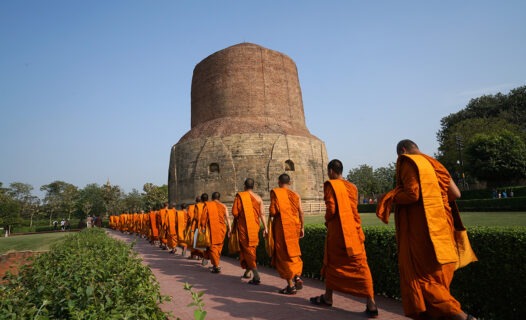
Explore the vibrant celebrations of Vesak 2024 across India, from the sacred sites of Bodh Gaya and Sarnath to nationwide festivities. Discover how India honors the Buddha's life, teachings, and enlightenment with traditional rituals, vivid lanterns, and spiritual gatherings.
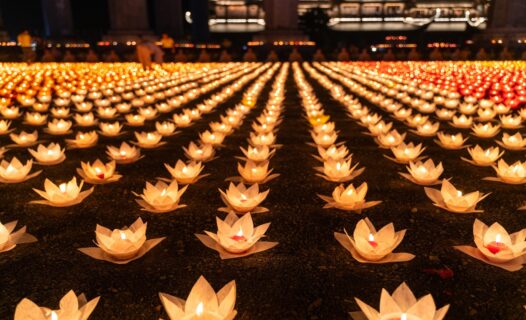
Discover the spiritual journey of Vesak 2024 in Vietnam. From serene temple visits in Hanoi to lantern-lit evenings in Hoi An, embrace Buddha's teachings and Vietnam's rich cultural tapestry. Explore curated itineraries, sustainable travel tips, and recommended accommodations for an enlightening Vesak experience.
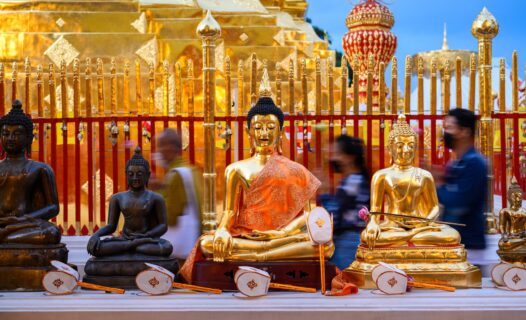
Join us as we embrace Thailand's most sacred day, Visakha Bucha, with a journey through spiritual ceremonies, breathtaking temples, and heartfelt stories in Bangkok, 2024.
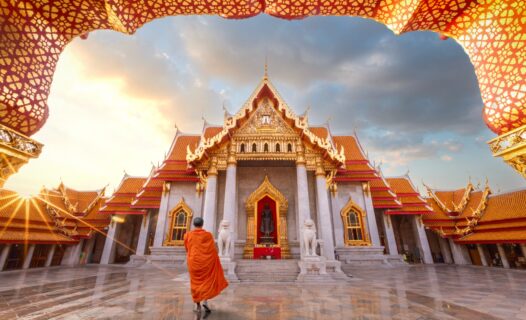
Join us on a spiritual journey through Bangkok for the radiant Visakha Bucha 2024 celebrations, witnessing Buddhism's heart against the city's vibrant backdrop.
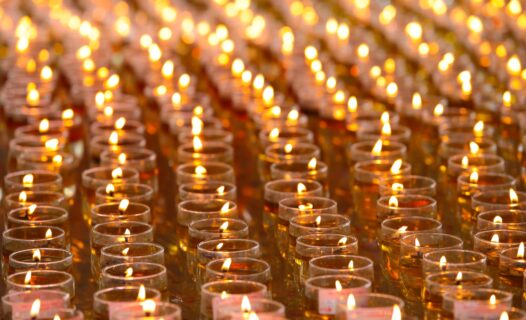
Explore the spiritual and cultural significance of Wesak Day 2024 in Malaysia, with a guide to traditions, temple visits, and where to stay.
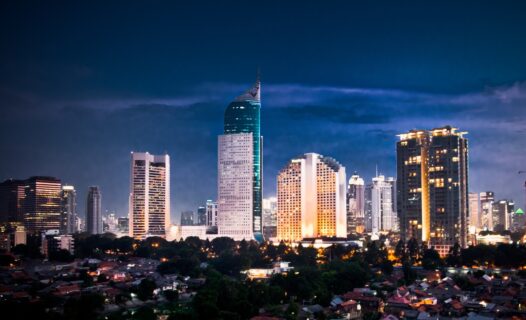
Discover the ultimate guide to the Avenged Sevenfold 2024 Jakarta concert, including must-see attractions, accommodation tips, and a curated itinerary. Dive into Jakarta's vibrant culture and music scene with our comprehensive travel guide.
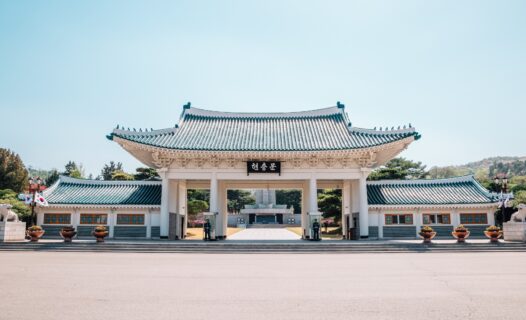
Explore the solemn remembrance of Memorial Day in South Korea through our travel guide. From sacred ceremonies in Seoul to tranquil reflections in Jeju, discover how this national day of honor is observed across the country.
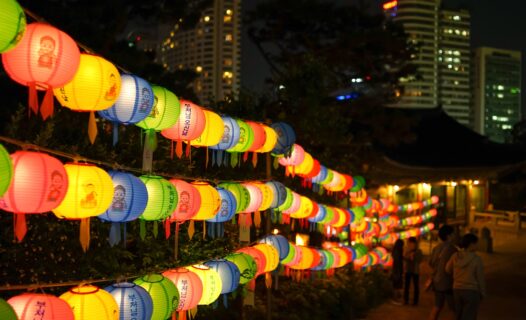
Discover the spiritual serenity and festive celebrations of Buddha's Birthday in Seoul with a local's perspective. Explore ancient temples, vibrant lantern parades, and cultural feasts unique to this auspicious event.
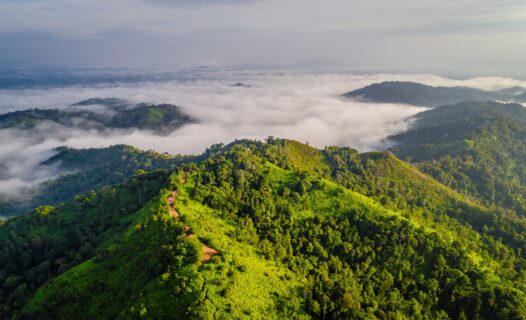
Unlock the secrets of Kuantan with a local's guide to the best day trips around the city. Explore hidden beaches, lush jungles, and rich cultural sites for an unforgettable Malaysian adventure.
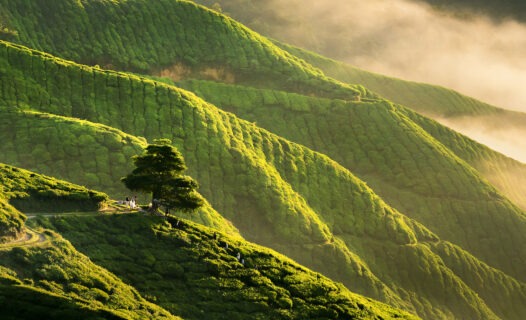
Embark on an eco-friendly journey through Cameron Highlands, where verdant tea plantations, misty forests, and sustainable practices await. Discover serene landscapes, engage in conservation efforts, and immerse yourself in the local culture.
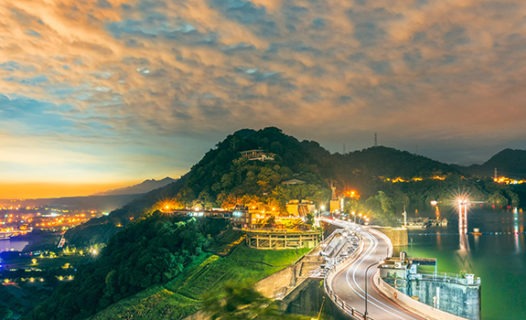
Discover Taoyuan: A hidden gem of Taiwan blending ancient heritage with modern marvels. Explore serene landscapes, thrill-packed parks, and culinary delights in our day-by-day travel guide.
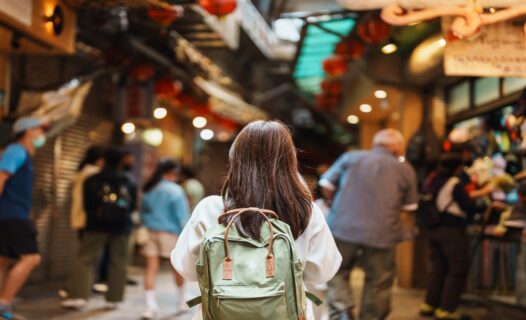
Embark on a vibrant journey through Hualien, Taiwan, with our ultimate travel guide. From thrilling night market adventures to serene natural escapes and cultural explorations, discover the essence of Hualien and create unforgettable memories.
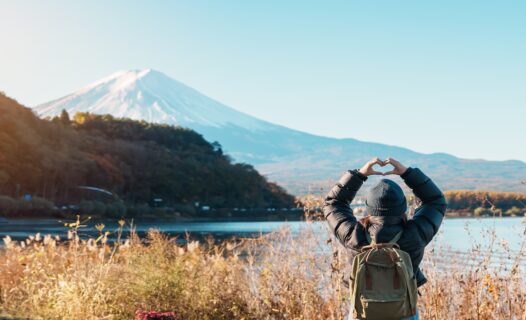
Discover the enchanting blend of traditional crafts and modern finds in our Ultimate Guide to Shopping in Fujikawaguchiko. Explore artisanal shops, local markets, and unique souvenirs against the majestic backdrop of Mount Fuji.
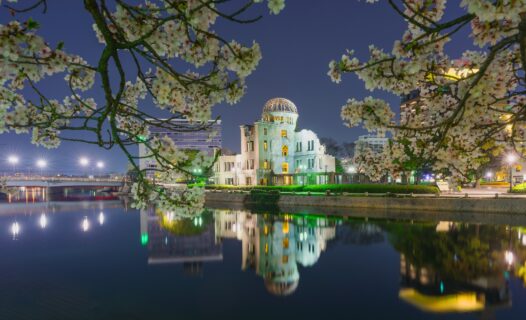
Dive into our 4-day Hiroshima travel guide, exploring iconic sites, hidden gems, and culinary delights. From the Peace Memorial Park to quaint streets of Onomichi, discover the vibrant spirit and serene beauty of Hiroshima.

Embark on a 3-day journey through Chicago's historic jazz and blues scene. From iconic clubs to live performances, discover the soul of the Windy City. Read now!
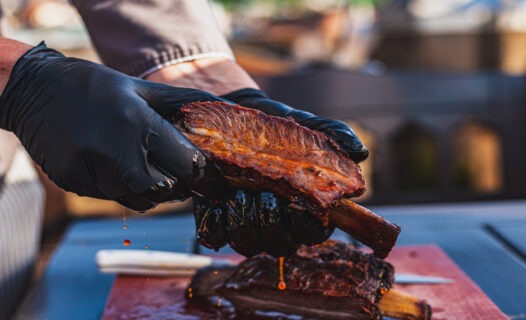
Dive into Houston’s vibrant food scene with our 4-day culinary journey guide. From iconic BBQ to global cuisines, explore the tastes that make Houston a top foodie destination.
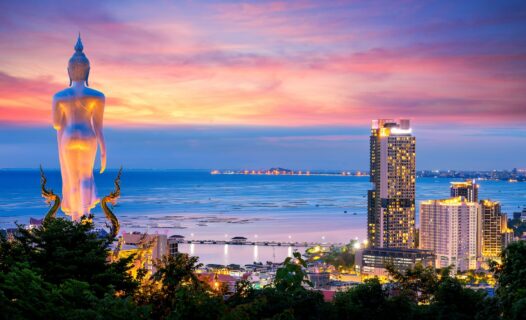
Embark on a flavorful journey through Chonburi with our Food Lover's Guide. Discover hidden culinary gems, local delicacies, and unforgettable dining experiences in Thailand's coastal paradise.

Dive into Rome's vibrant nightlife & culinary scene with our guide. From hidden wine bars to traditional eateries, taste the city's rich flavors and history.
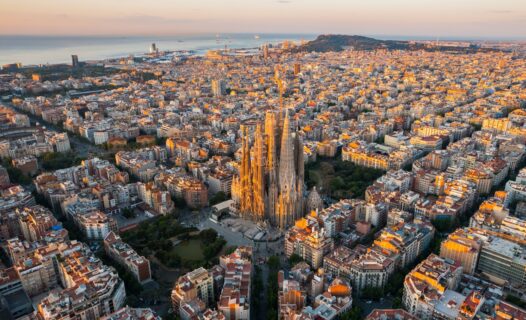
Unlock the secrets of Barcelona's most enchanting boutique hotels, where luxury meets personalized service. Explore our curated guide to discover hidden gems offering unique experiences, unmatched comfort, and a gateway into the heart of Catalonia's vibrant capital.
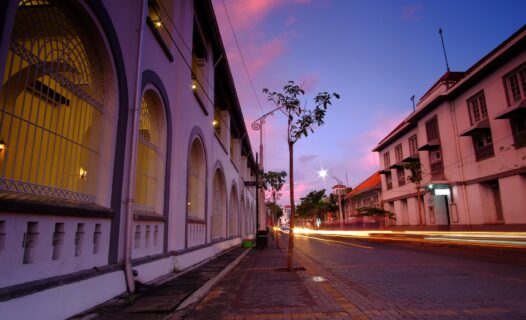
Dive into the vibrant nightlife of Semarang with our exclusive 5-night itinerary. From historic walks under the stars to beachside bars and live music venues, discover the city's best-kept secrets with Agoda.
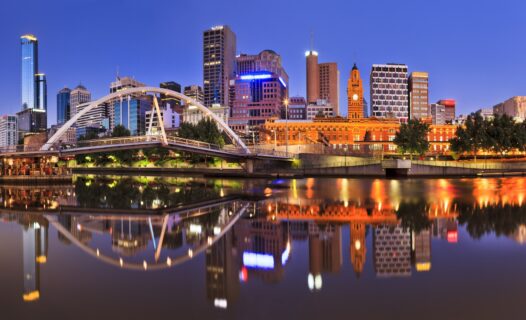
Embark on an unforgettable journey through Melbourne with our comprehensive 3-day travel guide. From iconic laneways and street art to lush gardens and nightlife, unlock the secrets of Australia's cultural capital.

Kiyomizu Temple, also known as Otowa-san Kiyomizu-dera, is a remarkable Buddhist temple that is located in eastern Kyoto in the historic Higashiyama District. Founded in the 8th century, Kiyomizu Temple is a part of the Historic Monuments of Ancient Kyoto UNESCO World Heritage site and is one of the most famous temples in Kyoto. Construction has been ongoing in recent years, which means there may be scaffolding covering parts of the temple’s exterior. However, visitors are still able to access the main parts of the temple without issue. Located on top of Mount Otowa, the multi-leveled, wooden Kiyomizu Temple offers stunning views from its veranda, making it a great spot to visit for photography fans or people who are looking for gorgeous social media shots.
What to Know About Visiting Kiyomizu Temple
Kiyomizu Temple is an architectural marvel, and not only is it beautiful, but this wooden temple has been constructed without the use of any nails, which is a traditional style of building in Japan. Kiyomizu-dera means “Pure Water Temple” and it is one of the most famous temples in the whole country and is located nearby Otowa Waterfall. As this cultural site is a functioning temple, and there are a few things for tourists to consider prior to visiting.
- When visiting a temple in Kyoto, dress modestly and behave respectfully. This Buddhist temple is a place where the deity, Kannon, is worshipped, who is a goddess of mercy and is very popular and sees regular visits worshippers as well as tourists.
- It may be best to observe other visitors prior to making use of the temple so that guests can have an idea of what’s expected of them. Otherwise, generally at temples in Japan, visitors purify themselves at a chozuya, a large basin used for purification, in preparation for prayer. In these basins, the worshipper’s hands are cleansed, symbolizing the heart similarly being purified.
- While some temples have a specific order for the purification process, at Kiyomizu Temple, they recommend simply purifying the hands with the healing water or visitors can make use of the more traditional method by taking the water dipper in the right hand, purifying the left hand with water, then shifting the dipper to the left hand and doing the same to the right. Then, shift the dipper back to the right hand and pour water into the left hand before taking a sip. At other temples, this water is used to rinse the mouth as well and then is spat out, but it is drinkable and famous for being rich in minerals at this temple. After sipping on the water, visitors should purify their left hand, wash the handle of the dipper, and put it back in place scoop side down. Visitors will then be purified for the temple and ready to pray.
- Additionally, some temples offer incense for offerings, as Kiyomizu Temple does. Incense can be purchased in the main hall for 10 yen. Guests can take the incense in their right hand to one of the incense burners and light it there by using one of the lit candles, taking care to not let it blow out, before putting the incense in the incense burner as an offering.
- Prayers can be offered to Kannon in the following manner. Visitors can stand in front of the image of Kannon Bodhisattva in the main hall, make a slight bow, then make a money offering to Kannon before finally putting their hands together after finishing.
- For visitors who are looking for a peaceful, reflective time to visit the temple, they should plan their visits for either early in the day (near when the temple opens) or very near closing time (during the last hour or so). The temple grounds are expansive, so visitors can plan to spend at least a few hours at the site and should consider this when choosing a time to visit. The temple grounds have buildings that were completed in the 15th and 16th centuries, in addition to the main hall of Kiyomizu Temple as well as beautiful gardens, temple gates, Otowa Waterfall, and the temple grounds.
- There are many events that happen at Kiyomizu Temple and guests are encouraged to check their calendar to see whether a special event will be happening during their vacation. For a special treat, guests can plan their visit for either the cherry blossom season in the spring or during the fall when the leaves change colors. Both of these times will be rather busy, so any visitors looking to avoid big crowds may wish to choose a different time to visit, however, the vistas will be spectacular. However, the temple is beautiful all throughout the year as well.
- Additionally, there are shops on the temple grounds that offer kimonos for rental. There is a price range for renting kimonos, but generally, it starts at about 500 yen. Along the way, there are other stands that sell snacks and trinkets, so this may be a great opportunity to indulge in some Japanese culture or grab some gifts to bring back home as well.
Address: 294 Kiyomizu, Higashiyama Ward, Kyoto
Entrance Fee: 400 yen for adults
Hours of Operation: While the opening time is generally 6 a.m. daily, the closing time will depend on the time of year. Visitors should check with the temple’s online calendar to confirm closing times for their visit.
Check In to Kyoto Ryokan The KINOE, Step Out to Kiyomizu Temple
FIND & BOOK A HOTEL IN KYOTO TODAY
Best Things to do Near Kiyomizu Temple
Kiyomizu Temple is located in a remarkable city that has much to offer in cultural and natural attractions. As the temple is located in Higashiyama District, which is known for retaining the look of feudal-era Japan with its traditional buildings, shops, restaurants, and cultural significance, there is much to see and enjoy nearby. Here are just some of the best attractions that are near Kiyomizu Temple that visitors can enjoy.
- Shosei-en Garden
Spend some time visiting the exquisite gardens of Shosei-en. This oasis is a beautiful, traditional Japanese garden that has been designed for strolling and makes for a great visit all throughout the year, but guests are in for a real treat if they visit during the fall or during the cherry blossom season in the spring. The garden pond is the main feature of Shosei-en Garden and it was built with the remnants of a defensive wall that once enclosed the city. Full of koi, this pond is a great place to stand and reflect on nature, as it also attracts a variety of birds.
Address: 600-8190 Kyoto, Shimogyo Ward
Entrance Fee: 500 yen for adults
Hours: 9 a.m. to 4 p.m. daily - Sanjusangen-do
Also called Rengeo-in, this Buddhist temple is famous for its 1001 statues of Kannon. The temple was founded in the 10th century and rebuilt a hundred years later after the original was destroyed in a fire. Here, visitors can see the longest temple hall in Japan, which measures 120 meters. In the center of the main hall are the 1001 Kannon statues and others. No photography is allowed inside of the temple, but it is permitted on the grounds.
Address: 657 Sanjusangendomawari, Higashiyama Ward
Entrance Fee: 600 yen for adults
Hours: 8 a.m. to 5 p.m. - Otowa Waterfall
Located just below the main hall of Kiyomizu Temple, visitors should also make a stop at Otowa Waterfall, which is divided into three drinkable streams. Visitors should choose one stream to drink from as it is considered rude to drink from all three. However, each stream is reputed to have a different benefit – one for success, another for love, another for long life, though which is anyone’s guess. Visitors are encouraged to choose a stream, make their wish, and then drink.
Address: 294 Kiyomizu, Higashiyama Ward, Kyoto
Entrance fee: Included with the temple entrance fee
Hours: 8 a.m. to 5 p.m.
Check In to Kyoto Ryokan Gion Sano, Step Out to Kyoto
FIND & BOOK A HOTEL IN KYOTO TODAY
How to Get to Kiyomizu Temple
Kiyomizu Temple is on the eastern side of Kyoto and can be accessed most easily by bus. From Kyoto Station, visitors can take bus 100 or 206 at Kyoto Ekimae Bus Stop, which is located at the north exit of the station. The ride to Goyozaka stop takes about 15 minutes and costs approximately 230 yen (there are four stops between the station and the temple). From the bus stop, it’s a 10 minute walk to the temple.
Kiyomizu-Gojo Station is the nearest train station to Kiyomizu Temple and is located a 20 to 30 minute walk west from the temple, depending on walking speed. Kimomizu-Gojo Station services the Keihan Railway line and is a popular stop for people who are planning to go to the temple.
Check In to Gion Hatanaka, Step Out to Otawa Waterfall
You may also like
